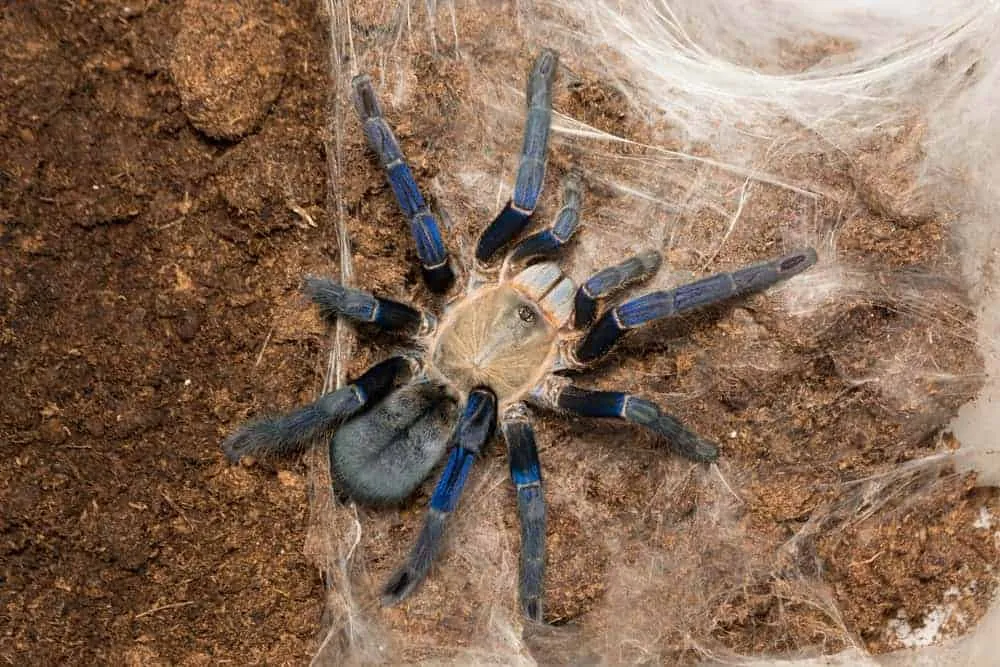Understanding Cobalt Blue Tarantulas
The Cobalt Blue Tarantula (Cyaneopubescens) is a vibrant and sought-after species in the tarantula hobby. Known for their striking metallic blue legs and carapace, these tarantulas originate from the tropical rainforests of Myanmar and Thailand. Breeding these spiders can be a rewarding experience, providing insights into their fascinating life cycle and contributing to the conservation of the species. However, successful breeding requires thorough knowledge of their specific needs and a commitment to providing the optimal environment for mating and offspring development. Understanding the fundamentals of their biology and behavior is crucial for a positive outcome. Proper preparation and meticulous attention to detail are key to success in this fascinating endeavor. This guide will delve into the crucial aspects of breeding these magnificent creatures.
Characteristics of Cobalt Blue Tarantulas
Cobalt Blue Tarantulas are characterized by their distinct coloration, with a deep cobalt blue hue predominantly displayed on their legs and carapace. The intensity of the blue can vary depending on the individual spider, its age, and the conditions of its environment. They are a medium-sized tarantula species, with females typically reaching a leg span of about 5-6 inches, while males are often slightly smaller. These spiders are known for their skittish nature and can be defensive, though they are generally not considered highly aggressive. They are primarily terrestrial, meaning they spend most of their time on the ground. The life expectancy of a female Cobalt Blue Tarantula can be up to 12-15 years, while males typically live for 2-3 years after reaching maturity.
Habitat and Environment
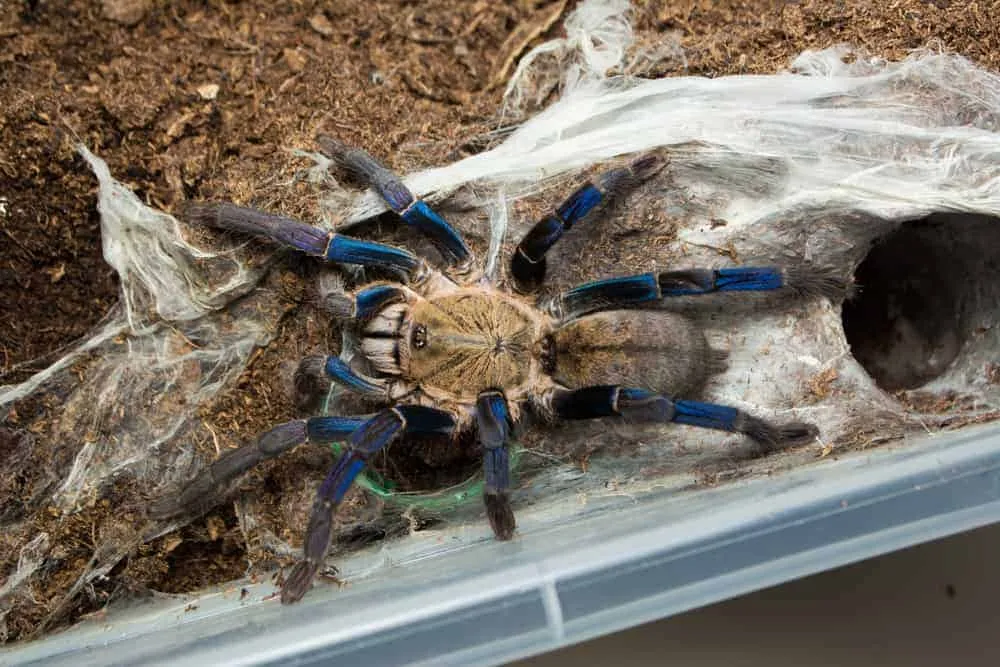
Replicating the natural habitat of Cobalt Blue Tarantulas is essential for their overall well-being, including successful breeding. They thrive in a humid, tropical environment. A suitable enclosure should be made of glass or acrylic, ensuring good ventilation. The substrate should be a mix of peat moss, coco fiber, and vermiculite, providing moisture retention and burrowing opportunities. A depth of 4-6 inches of substrate is recommended. Include a hide, such as a piece of cork bark or a hollow log, for the tarantula to retreat to. The enclosure should be kept at a temperature range of 75-85°F (24-29°C). Regular misting is required to maintain a humidity level of 70-80%. A water dish with fresh water should always be available. The environment should mimic their natural rainforest habitat as closely as possible.
Preparing for Breeding
Successful Cobalt Blue Tarantula breeding hinges on careful preparation. This includes understanding the sexes, creating an ideal breeding environment, and selecting the right individuals for mating. Prior to attempting breeding, ensure your tarantulas are healthy and well-fed, as this directly impacts their reproductive success. A proactive approach is vital to ensure a positive outcome and healthy offspring. Patience and attention to detail are required at every stage of the preparation process, so that the breeding can be successful and the spiders will have a higher survival rate.
Sexing Cobalt Blue Tarantulas
Accurate sex determination is paramount before attempting to breed Cobalt Blue Tarantulas. The most reliable method is to examine the exuviae (molted skin) of the tarantulas. For males, look for a small, hook-like structure called tibial hooks on the first pair of legs, used to hold the female’s fangs during mating. Males also possess bulbous pedipalps (mouthparts) that they use to store sperm. Females do not have tibial hooks and will have a spermatheca, a sperm storage organ, which can be viewed under magnification, although this is not always visible without a microscope. Observing these features on a molted exoskeleton can provide a definite answer. Sexing spiderlings can be more challenging.
Creating the Breeding Environment
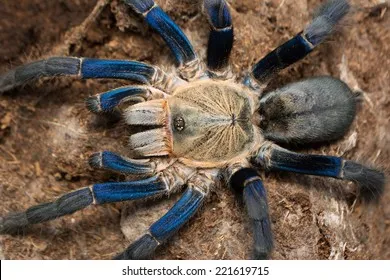
A carefully prepared breeding environment enhances the likelihood of a successful mating. The enclosure should be appropriately sized for both tarantulas, providing ample space for courtship rituals and mating. Ensure the enclosure is secure to prevent escape. Maintain the ideal temperature and humidity levels, as fluctuations can stress the tarantulas and hinder mating. Provide a shallow water dish. Avoid overcrowding the enclosure, and ensure it is free from potential hazards such as sharp objects or toxic substances. The proper environment can greatly influence the spiders’ behavior and readiness to mate.
Optimal Temperature and Humidity
Maintaining the correct temperature and humidity is critical for the tarantulas’ comfort and reproductive health. The enclosure’s temperature should be kept consistently between 75-85°F (24-29°C), and humidity levels should be maintained between 70-80%. Use a reliable thermometer and hygrometer to monitor these conditions. Misting the enclosure with dechlorinated water can help increase humidity levels. Provide adequate ventilation to prevent mold and bacterial growth. Ensure the temperature and humidity are stable, as sudden changes can disrupt the breeding process. Consistent monitoring and adjustments are essential for creating the ideal environment.
Selecting Breeding Pairs
Choosing healthy, mature tarantulas is the first step towards successful breeding. The female should be well-fed and in good health, preferably having recently molted. Ensure the male is also mature and has successfully molted into his adult form, which is evidenced by the presence of his tibial hooks. The size difference between the male and female should be considered, as a large female can potentially injure a smaller male. Observe both tarantulas for any signs of illness or stress. It’s a good practice to quarantine new tarantulas for a period to observe for any health issues before introducing them for breeding. Select breeding pairs wisely to ensure the best chances of reproductive success.
The Breeding Process
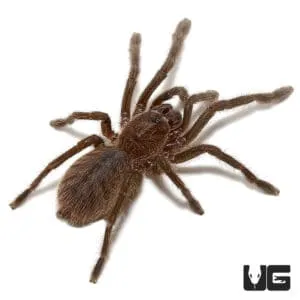
The breeding process of Cobalt Blue Tarantulas involves several crucial steps, including carefully introducing the pair, observing their courtship behavior, and providing a safe environment for mating. Meticulous attention to detail is required at every stage to minimize risks and optimize the chances of a successful outcome. The goal is to facilitate a natural mating process while keeping both tarantulas safe. It is essential to be patient and observant during this process to recognize signs of stress or aggression and to intervene if necessary. Observe and be ready to take actions if any problem appears.
Introducing the Tarantulas
When introducing the male and female, it’s crucial to do so cautiously. Place the male’s enclosure near the female’s enclosure for a few days so they can get used to each other’s scent. Then, carefully introduce the male into the female’s enclosure, under careful supervision. Be prepared to separate them if the female shows any signs of aggression. Monitor their interaction closely and be ready to intervene if needed. Have a clear plan and use tools such as a long pair of tongs to separate the spiders if required. Always prioritize the safety of both tarantulas.
Mating Behavior and Observation
Cobalt Blue Tarantulas have a distinct courtship and mating behavior. The male will typically begin by drumming his pedipalps on the substrate to attract the female. He may also exhibit elaborate courtship displays, such as vibrating his body or waving his legs. The female may respond by approaching the male or, in some cases, displaying aggression. The male will then approach the female, and if she is receptive, he will use his tibial hooks to secure her fangs and insert his pedipalps into her epigastric furrow to transfer sperm. Observe this carefully and be prepared to separate them once mating is complete to prevent the female from attacking the male. The duration of the mating can vary, so patience is necessary.
Post-Mating Care
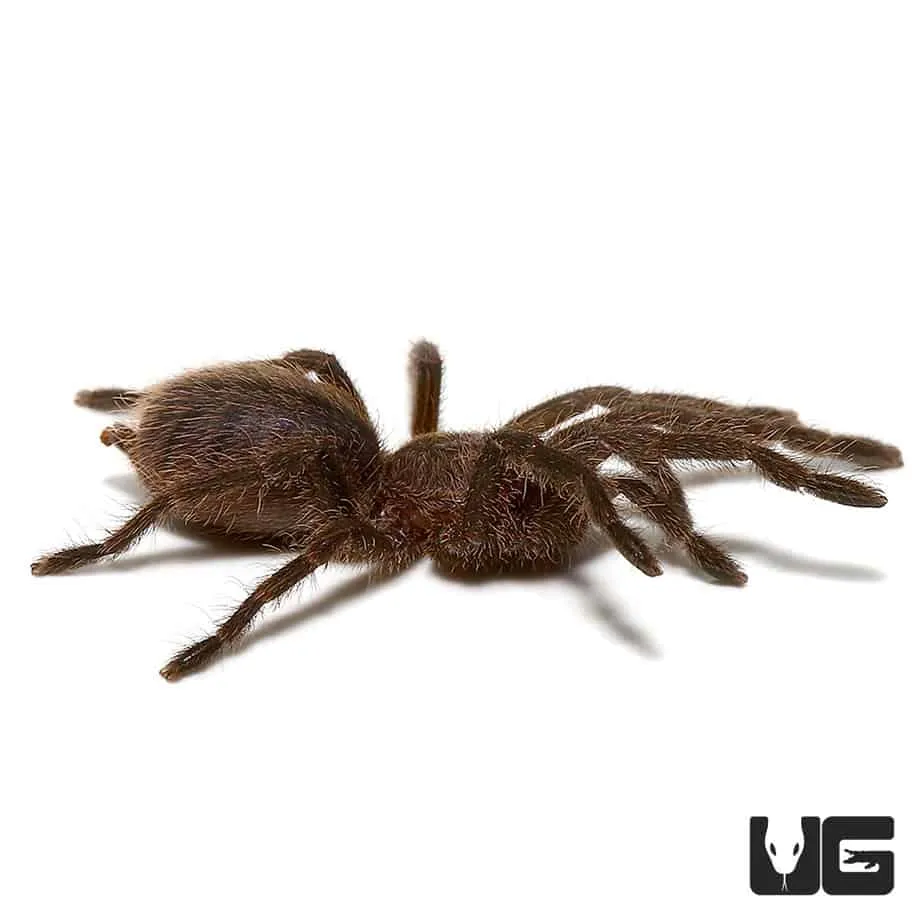
After mating, the male should be promptly removed from the female’s enclosure to prevent him from being eaten. The female will usually begin to show signs of being gravid (pregnant) in the following weeks. Provide her with plenty of food and maintain her enclosure in optimal conditions. Monitor the female for signs of egg sac production. In many cases, the female will construct the egg sac within her burrow. Keep a close eye on the female’s behavior and prepare for the egg sac to appear. Providing the right care during the post-mating period is essential to ensuring the healthy development of the eggs.
Caring for the Egg Sac
Once the female has laid her eggs and constructed an egg sac, it is vital to provide the right care. The egg sac, containing hundreds of eggs, requires specific conditions to develop properly. The key is to provide the correct humidity, temperature, and minimal disturbance. Monitoring the egg sac is essential. The female may or may not take care of the egg sac, depending on the individual tarantula, so you must be vigilant.
Incubation and Development
If you choose to remove the egg sac from the female (which is optional), you can incubate it separately. Maintain the egg sac in a container with the same humidity and temperature as the female’s enclosure. It’s crucial to keep the egg sac from drying out. Carefully monitor the development of the eggs, looking for any signs of mold or other problems. The incubation period varies depending on the environmental conditions, but it generally takes several weeks for the eggs to hatch into spiderlings. During this time, handle the egg sac with extreme care and avoid any unnecessary disturbance. Careful monitoring and maintenance are key to ensure the eggs hatch successfully and the spiderlings begin their development.
Creating a Safe Environment
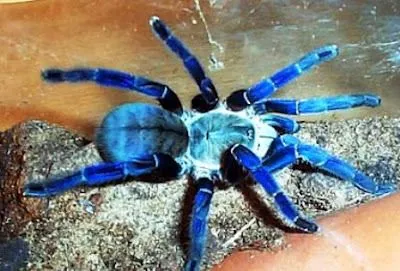
Whether the egg sac is with the mother or incubated separately, ensuring a safe and stable environment is paramount. The enclosure or container should be clean and free from any potential hazards. Keep the humidity and temperature levels consistent to prevent stress and ensure proper development. Avoid disturbing the egg sac unnecessarily, as this can harm the eggs. Ventilation is also critical, but care must be taken to prevent the enclosure from drying out. Monitor the environment daily and make adjustments as needed to maintain optimal conditions for the eggs’ successful development. A well-maintained environment can greatly increase the hatching rate.
Caring for Spiderlings
Once the spiderlings hatch, they require special care to ensure their survival and healthy growth. Proper housing, feeding, and environmental conditions are essential for the spiderlings’ well-being. Their small size and fragility mean they require specific attention to prevent issues. Knowledge and careful attention will contribute to their successful development into mature tarantulas.
Initial Care and Feeding
Newly hatched spiderlings are very small and vulnerable. They should be housed in a small, well-ventilated container with a moist substrate to maintain humidity. Feed them small insects such as fruit flies or pinhead crickets. Offer food several times a week, and remove any uneaten food to prevent mold. Ensure a clean water source. Monitor the spiderlings closely for signs of stress or health problems. The initial feeding is crucial for the spiderlings’ survival and development, so choose appropriate, small prey that is easy for them to catch and eat. Be sure to provide them with a balanced diet to assist them in growing and developing.
Housing and Growth
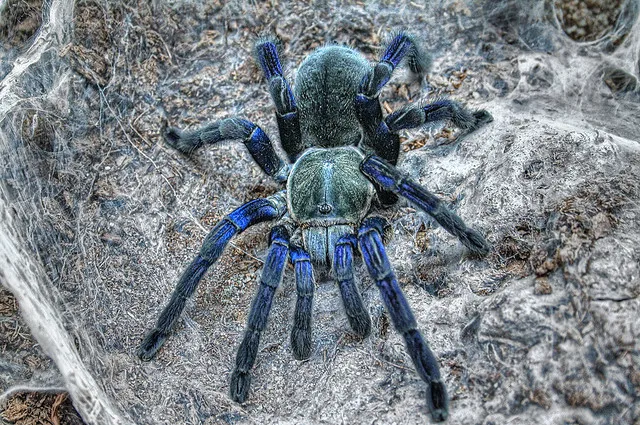
As the spiderlings grow, they will need to be moved to individual containers to prevent cannibalism. These containers should be appropriately sized to accommodate their size and growth. Provide the same substrate as for adult tarantulas, along with a hide and a shallow water dish. Continue feeding them appropriately sized insects and gradually increase the size of the prey as they grow. Maintain the correct temperature and humidity levels for their species. Provide a secure environment. Regular monitoring and providing space for the spiderlings to grow are essential for their successful development. These measures will help the spiderlings thrive and mature into beautiful adult Cobalt Blue Tarantulas.
Common Challenges and Solutions
Breeding Cobalt Blue Tarantulas, like any animal breeding process, can present some challenges. However, with preparation and knowledge, you can minimize these issues. Understanding and addressing potential problems quickly can help increase your breeding success. The ability to adapt to unexpected situations and the willingness to learn from challenges is crucial.
Avoiding Breeding Issues
One of the most common issues is cannibalism, both among spiderlings and between the female and male. To prevent this, separate the spiderlings as soon as possible and remove the male after mating. Another challenge can be egg sac failure, often due to improper humidity, temperature fluctuations, or mold. Regularly check the enclosure and maintain optimal environmental conditions. Be prepared to intervene and take action if any problems appear during the breeding process. Vigilance, attention, and quick intervention will help you to avoid and solve most of these common problems. Ensure the spiders are not stressed during the whole breeding period.
Health and Disease Prevention
Preventing health issues is critical for successful Cobalt Blue Tarantula breeding. Maintaining a clean and hygienic environment is key to preventing disease. Remove any uneaten food and regularly clean the enclosure. Provide a balanced diet to the tarantulas and ensure they receive adequate hydration. Quarantine new tarantulas before introducing them into your collection. If you observe any signs of illness, consult a veterinarian familiar with arachnids. A healthy tarantula is more likely to breed successfully. A healthy environment is essential for the health and well-being of the tarantulas. Prevention through proactive maintenance and monitoring is vital.
